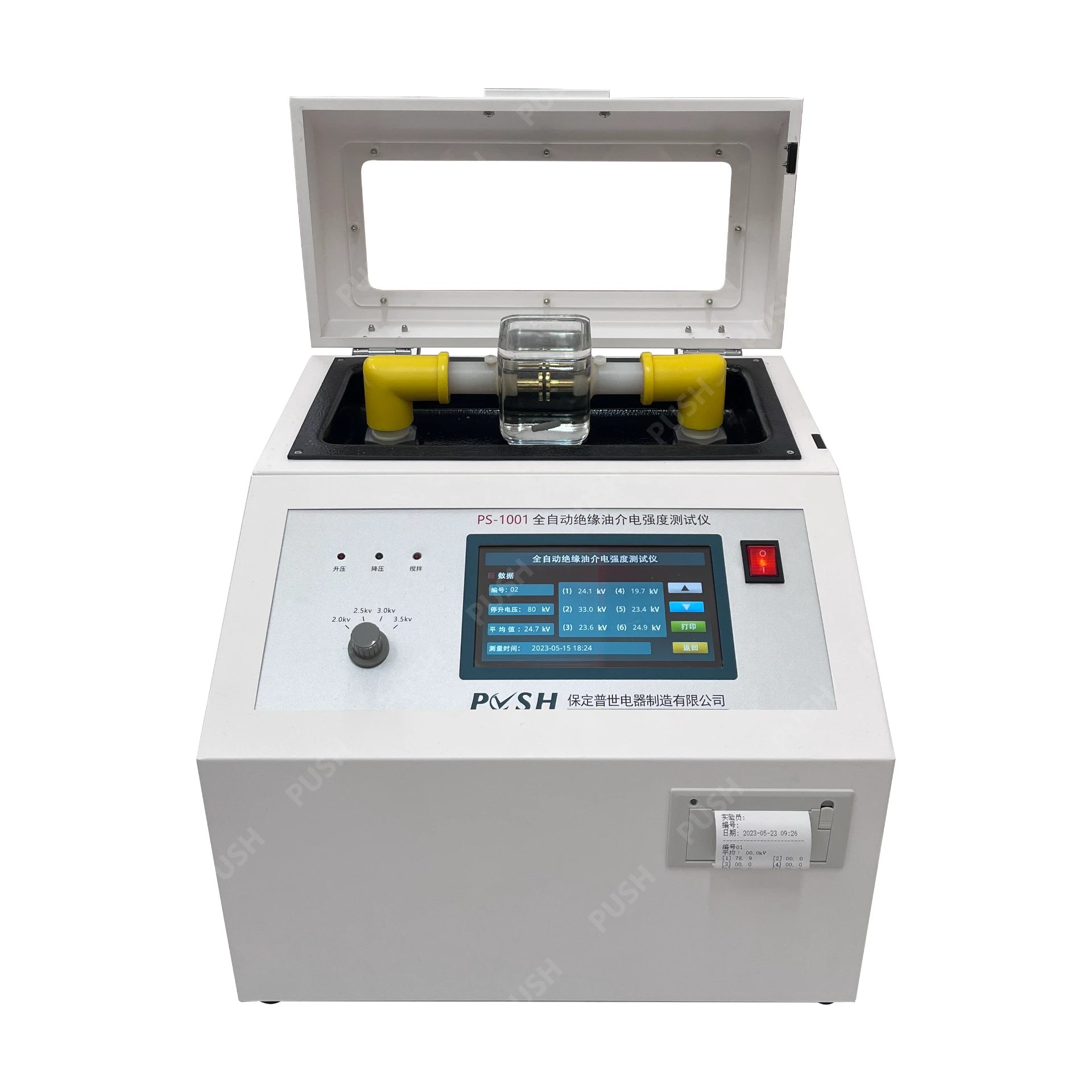TEL:
+86-0312-3189593
 English
English

Telephone:0312-3189593

Email:sales@oil-tester.com

-
 Afrikaans
Afrikaans -
 Albanian
Albanian -
 Amharic
Amharic -
 Arabic
Arabic -
 Armenian
Armenian -
 Azerbaijani
Azerbaijani -
 Basque
Basque -
 Belarusian
Belarusian -
 Bengali
Bengali -
 Bosnian
Bosnian -
 Bulgarian
Bulgarian -
 Catalan
Catalan -
 Cebuano
Cebuano -
 China
China -
 China (Taiwan)
China (Taiwan) -
 Corsican
Corsican -
 Croatian
Croatian -
 Czech
Czech -
 Danish
Danish -
 Dutch
Dutch -
 English
English -
 Esperanto
Esperanto -
 Estonian
Estonian -
 Finnish
Finnish -
 French
French -
 Frisian
Frisian -
 Galician
Galician -
 Georgian
Georgian -
 German
German -
 Greek
Greek -
 Gujarati
Gujarati -
 Haitian Creole
Haitian Creole -
 hausa
hausa -
 hawaiian
hawaiian -
 Hebrew
Hebrew -
 Hindi
Hindi -
 Miao
Miao -
 Hungarian
Hungarian -
 Icelandic
Icelandic -
 igbo
igbo -
 Indonesian
Indonesian -
 irish
irish -
 Italian
Italian -
 Japanese
Japanese -
 Javanese
Javanese -
 Kannada
Kannada -
 kazakh
kazakh -
 Khmer
Khmer -
 Rwandese
Rwandese -
 Korean
Korean -
 Kurdish
Kurdish -
 Kyrgyz
Kyrgyz -
 Lao
Lao -
 Latin
Latin -
 Latvian
Latvian -
 Lithuanian
Lithuanian -
 Luxembourgish
Luxembourgish -
 Macedonian
Macedonian -
 Malgashi
Malgashi -
 Malay
Malay -
 Malayalam
Malayalam -
 Maltese
Maltese -
 Maori
Maori -
 Marathi
Marathi -
 Mongolian
Mongolian -
 Myanmar
Myanmar -
 Nepali
Nepali -
 Norwegian
Norwegian -
 Norwegian
Norwegian -
 Occitan
Occitan -
 Pashto
Pashto -
 Persian
Persian -
 Polish
Polish -
 Portuguese
Portuguese -
 Punjabi
Punjabi -
 Romanian
Romanian -
 Russian
Russian -
 Samoan
Samoan -
 Scottish Gaelic
Scottish Gaelic -
 Serbian
Serbian -
 Sesotho
Sesotho -
 Shona
Shona -
 Sindhi
Sindhi -
 Sinhala
Sinhala -
 Slovak
Slovak -
 Slovenian
Slovenian -
 Somali
Somali -
 Spanish
Spanish -
 Sundanese
Sundanese -
 Swahili
Swahili -
 Swedish
Swedish -
 Tagalog
Tagalog -
 Tajik
Tajik -
 Tamil
Tamil -
 Tatar
Tatar -
 Telugu
Telugu -
 Thai
Thai -
 Turkish
Turkish -
 Turkmen
Turkmen -
 Ukrainian
Ukrainian -
 Urdu
Urdu -
 Uighur
Uighur -
 Uzbek
Uzbek -
 Vietnamese
Vietnamese -
 Welsh
Welsh -
 Bantu
Bantu -
 Yiddish
Yiddish -
 Yoruba
Yoruba -
 Zulu
Zulu
ফেব্রু. . 18, 2025 05:12
Back to list
3 phase transformer taps
Three-phase transformers are indispensable components in modern electrical distribution and transmission systems. One of their standout features is the inclusion of transformer taps, critical for voltage regulation. Unlike single-phase transformers, three-phase variants are optimized for larger loads and are integral in industrial applications and power distribution networks. Their taps, often overlooked, play a vital role in maintaining optimal performance, offering unique opportunities for technical optimization and operational efficiency.
Implementing an advanced tap-changing strategy requires comprehensive knowledge that combines both theoretical understanding and practical experience—this builds expertise and positions entities as industry leaders. Organizations that invest in the training of their technical staff in the nuances of transformer operations and tap settings will experience fewer disruptions and maintain a competitive edge due to increased operational reliability and reduced maintenance costs. It is not just technical knowledge that governs the effective use of transformer taps but also adhering to authoritative standards and guidelines set by recognized electrical authorities. Compliance ensures safety, reliability, and enhances consumer trust while contributing to consistent, industry-wide practices. Therefore, staying informed with the latest standards from organizations such as the IEEE or IEC is paramount when considering tap settings and adjustments. In building credibility, documentation of experiences and outcomes related to tap adjustments provides invaluable insights. Documenting specific cases where tap adjustment solved operational problems or optimized energy consumption can serve as authoritative content, establishing trust with stakeholders and prospective clients. Sharing case studies and performance analyses not only demonstrates expertise but also facilitates strategic partnerships in the industry. In conclusion, the strategic use of three-phase transformer taps represents a blend of practical application, expertise, and industry authority, forming a solid foundation for building credibility and trust. Mastery of this aspect of transformer management can elevate operational efficacy while sustaining reliability across complex power distribution networks. Such knowledge, when leveraged properly, will continue to provide immense value in evolving electrical systems and contribute to a sustainable, efficient future in power management.


Implementing an advanced tap-changing strategy requires comprehensive knowledge that combines both theoretical understanding and practical experience—this builds expertise and positions entities as industry leaders. Organizations that invest in the training of their technical staff in the nuances of transformer operations and tap settings will experience fewer disruptions and maintain a competitive edge due to increased operational reliability and reduced maintenance costs. It is not just technical knowledge that governs the effective use of transformer taps but also adhering to authoritative standards and guidelines set by recognized electrical authorities. Compliance ensures safety, reliability, and enhances consumer trust while contributing to consistent, industry-wide practices. Therefore, staying informed with the latest standards from organizations such as the IEEE or IEC is paramount when considering tap settings and adjustments. In building credibility, documentation of experiences and outcomes related to tap adjustments provides invaluable insights. Documenting specific cases where tap adjustment solved operational problems or optimized energy consumption can serve as authoritative content, establishing trust with stakeholders and prospective clients. Sharing case studies and performance analyses not only demonstrates expertise but also facilitates strategic partnerships in the industry. In conclusion, the strategic use of three-phase transformer taps represents a blend of practical application, expertise, and industry authority, forming a solid foundation for building credibility and trust. Mastery of this aspect of transformer management can elevate operational efficacy while sustaining reliability across complex power distribution networks. Such knowledge, when leveraged properly, will continue to provide immense value in evolving electrical systems and contribute to a sustainable, efficient future in power management.
Previous:
Latest news
-
Testing Equipment Industry Sees Major Advancements in 2025: Smart & Precision Technologies Lead the WayNewsJun.06,2025
-
Applications of Direct Current Generators in Renewable Energy SystemsNewsJun.05,2025
-
Hipot Tester Calibration and Accuracy GuidelinesNewsJun.05,2025
-
Digital Circuit Breaker Analyzer Features and BenefitsNewsJun.05,2025
-
Benefits of Real-Time Power Quality Monitoring Devices for Industrial EfficiencyNewsJun.05,2025
-
Earth Fault Loop Testing in High-Rise Building Electrical SystemsNewsJun.05,2025



